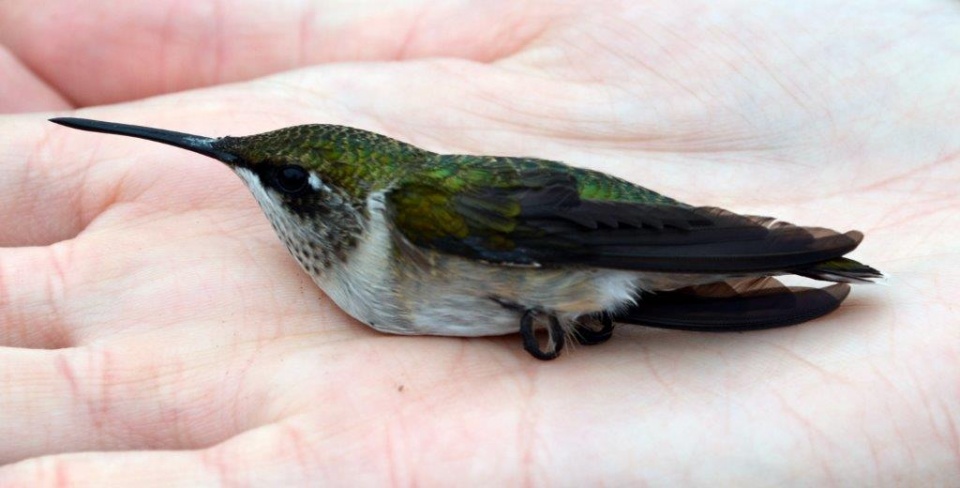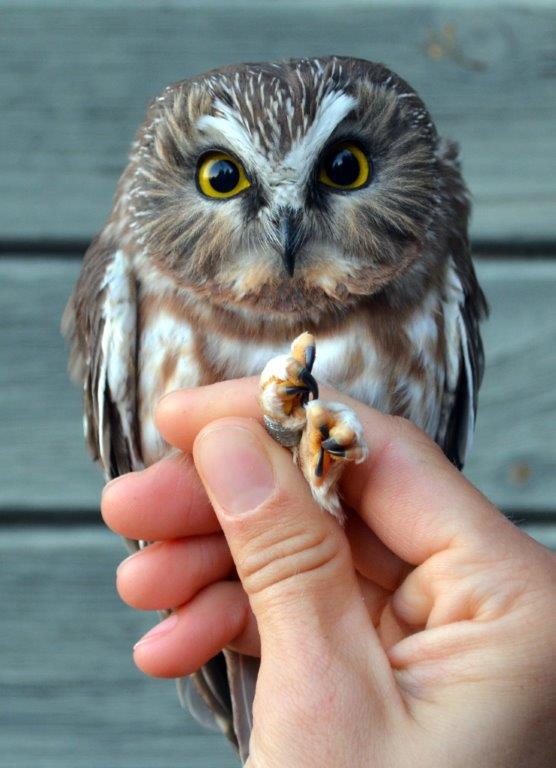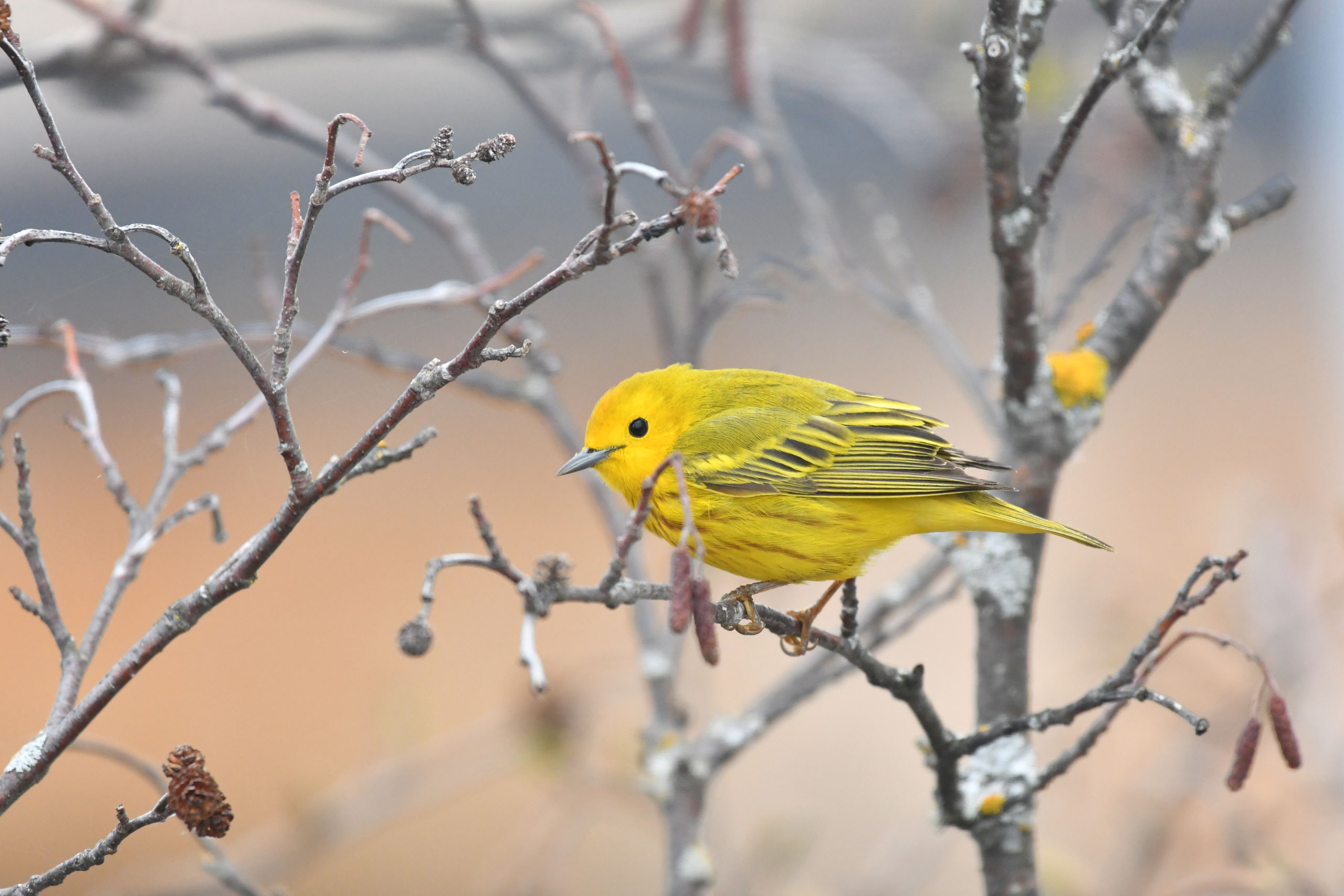Thunder Cape Birds
Thunder Cape Birds
Over 300 species of birds have been documented and over 200 species banded at Thunder Cape. When weather conditions are right, the area is teeming with thousands of birds. Loons and waterfowl fly by continuously in the spring and fall. Eagles and raptors soar off the Sleeping Giant heading south in the fall. Passerines flit through the conifers and grassy clearing near the banding station, often with with Sharp-shinned Hawks, Northern Goshawk, Merlin, and Peregrine Falcons in pursuit. In the fall, boreal species such as Boreal Chickadee, Black-backed and Three-toed woodpeckers, and winter finches are commonly seen. In September and October, large numbers of Northern Saw-whet Owls are banded, and there is always a chance of seeing a Long-eared or Barred owl. Thunder Cape Bird Observatory is an active member of the Canadian Migration Monitoring Network. Many of our results, graphs and trends are located on the Birds Canada websites. The results of the Hawk Watch from 2003 to the 2013 are available online at The Hawk Migration Association of North America website.
Please click on the following links for Thunder Cape spring and fall banding totals in pdf format suitable for viewing or printing: spring or fall. For a checklist of Thunder Cape birds, click here.
In addition to large numbers of regular species, TCBO has had a remarkable number of rarities, including Ontario’s first Violet-Green Swallow and Black-throated Sparrow, northern Ontario’s first Bewick’s Wren, and Thunder Bay District’s first Painted Bunting and Sprague’s Pipit. There have also been several Scissor-tailed Flycatchers, Summer Tanagers, Western Tanagers, Pacific Loons, Harlequin Ducks, Yellow-billed Cuckoos, Blue-gray Gnatcatchers, Lark Buntings, and Townsend’s Solitaires (four at once!) recorded at the station. Unusual warblers have included Blue-winged, Golden-winged, Prairie, and Hooded. See Rarities.
Some of the birds banded at Thunder Cape have turned up elsewhere in North America. Our farthest band recovery has been a Tennessee Warbler in Panama, a distance of approximately 4000 kilometers as the bird flies. A few other examples include:
- A Sharp-shinned Hawk banded at TCBO on Aug. 28, 1998 was recaptured near Veracruz City, Mexico on Sept. 28, 1998. It had averaged at least 112 km per day!
- A Pine Siskin banded in October 1994 was found in Helena, Montana in August 1995.
- A Saw-whet Owl from Sept. ’93 showed up in Austin, Texas in March ’94.
- A pair of Sharp-shinned Hawks banded on Sept. 9, 1991, were captured in Duluth, Minnesota on Sept. 27, 1992.

(R. Boardman photo) 
Northern Saw-whet Owl (R. Boardman photo)

